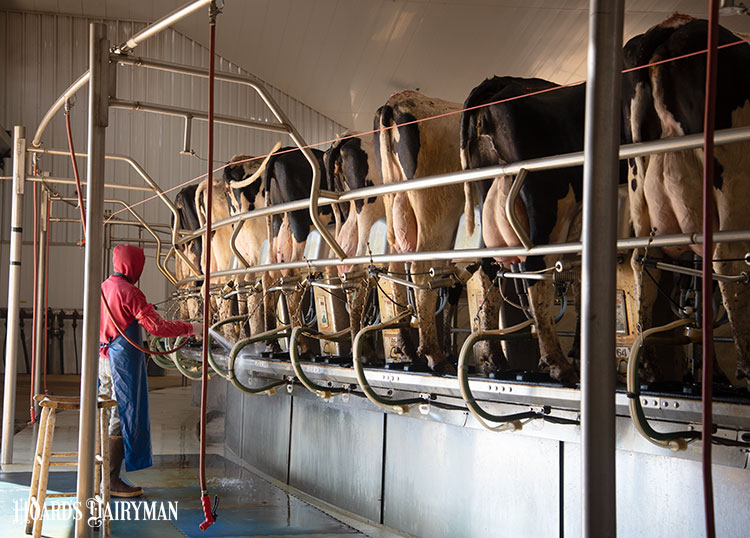
Trusting your workforce to complete their jobs accurately is the foundational need of any business. But for employees to know what needs to be done and how to do it, they need effective training.
Providing that training is a key part of leading your team well, said Richard Stup, who has worked with farmers on employee development for more than 20 years. Training is crucial for new employees as well as team members who may be assuming new or expanded roles. Anything to improve a person’s knowledge or skill is considered training, Stup said during a Cornell Cooperative Extension webinar.
Helping your employees have a good training experience starts with determining the right person to train them, he began. On many farms, there may be language barriers that become the deciding factor, but that can’t be the only consideration. Does this person know the job well enough to train someone else on it? Would they be interested? If you’re not engaged, you’re not going to do a thorough job of explaining the task to someone else, Stup noted. Also think about if a potential trainer would have the patience to slow down and help a new person.
He encouraged farm owners to break down language barriers to provide training that truly sticks. A supervisor may be the right person to provide a training, but if someone else is better suited, the employee’s supervisor should at least be present so they know what training was received.
Even for the right person, it can be hard to consistently train well because there is often no training on how to train, Stup recognized. Telling someone how to do something is not the same as training them on how to do it.
Good training starts with preparation by the trainer. Start by laying out the rationale — the “why” — of the job. Then, determine what you want them to be able to do when the training is complete. “If you can answer that question, you’re a long way down the road to an effective training,” Stup said.
Next, consider what activities you will do with them to illustrate the task. This is how you activate the learning objective, Stup said, and the possibilities are only limited by your imagination. The employee could read an article, watch a video, or listen to the trainer speak. These are all passive options.
More active, engaging choices could be practicing the task in a controlled environment, discussing it with another person, or choosing the best option from a group of scenarios. “If we can move from passive to active, we’re more likely to have people acquire the material,” Stup described of the two types of learning activities.
When it is time for the training, Stup recommended following the “tell, show, do, review” cycle. Tell the employee what they will learn and why it’s important. Show them what to do, and then have them complete an activity that illustrates what they learned.
Then, you will be able to evaluate if they learned the task well enough or not. If so, congratulate them. If not, Stup advised providing praise for the parts that went well and then giving feedback on the areas that were missed. Repeat the cycle until they have a sufficient grasp on the whole job. “You should expect to cycle through a couple of times if you’re training people,” Stup described.
Even if it takes a few times for an employee to master a new skill, having the job done correctly will save time and effort in the long run compared to an untrained employee missing key steps and having to be redirected. Take the time to invest in good training and it will pay off for the employees and the business.








